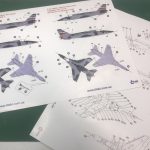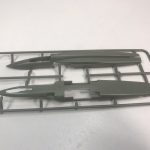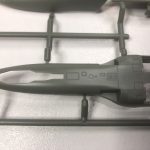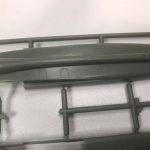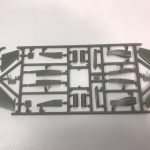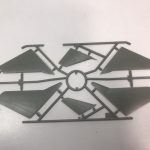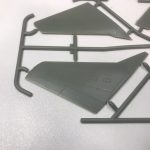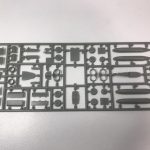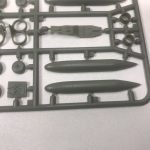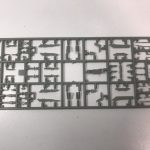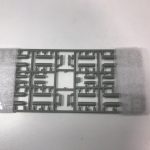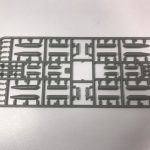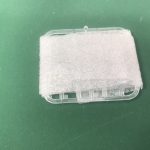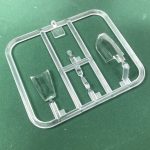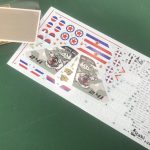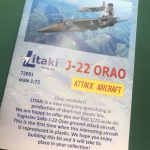LITAKI SOKO J-22 ORAO
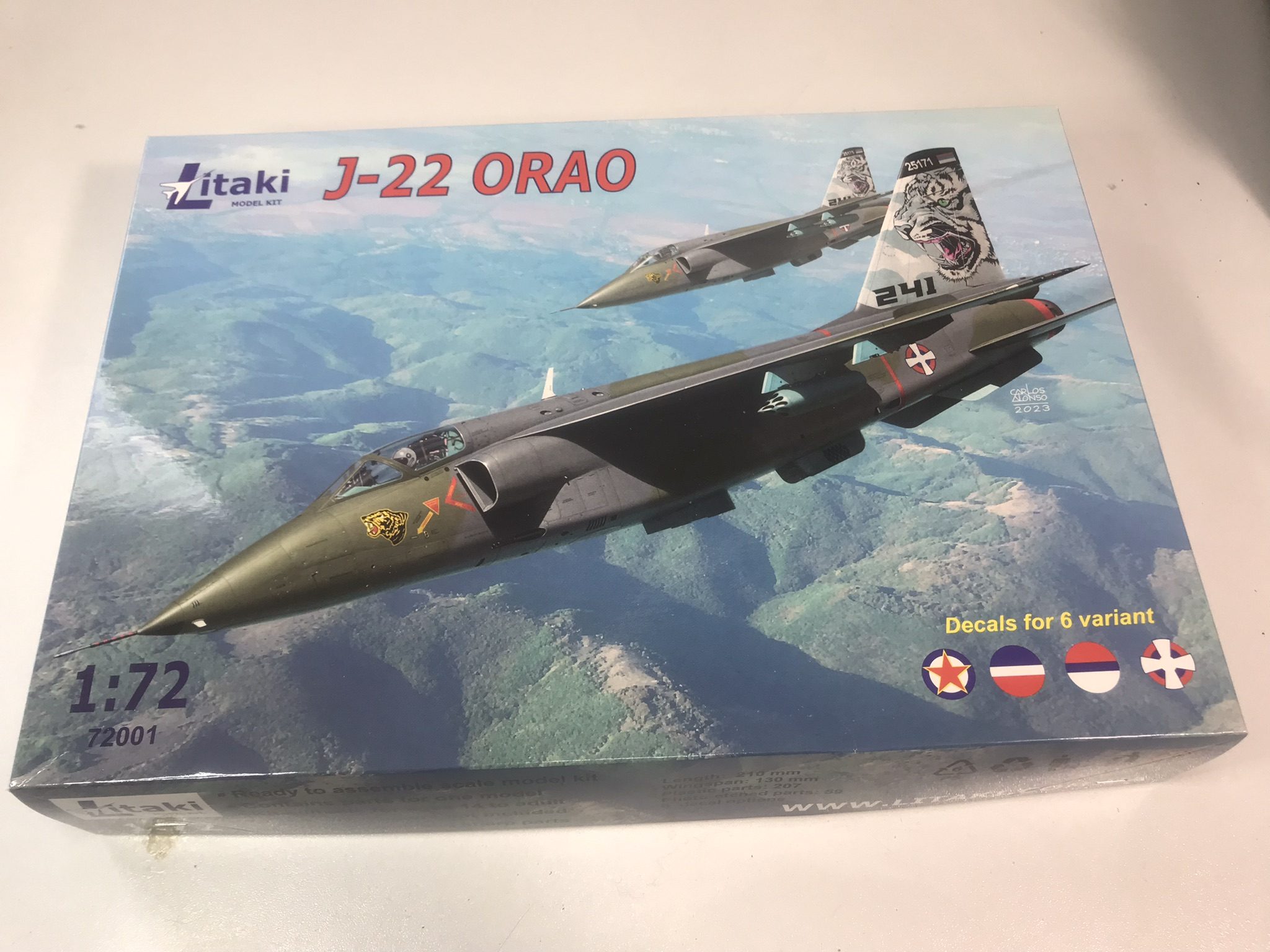
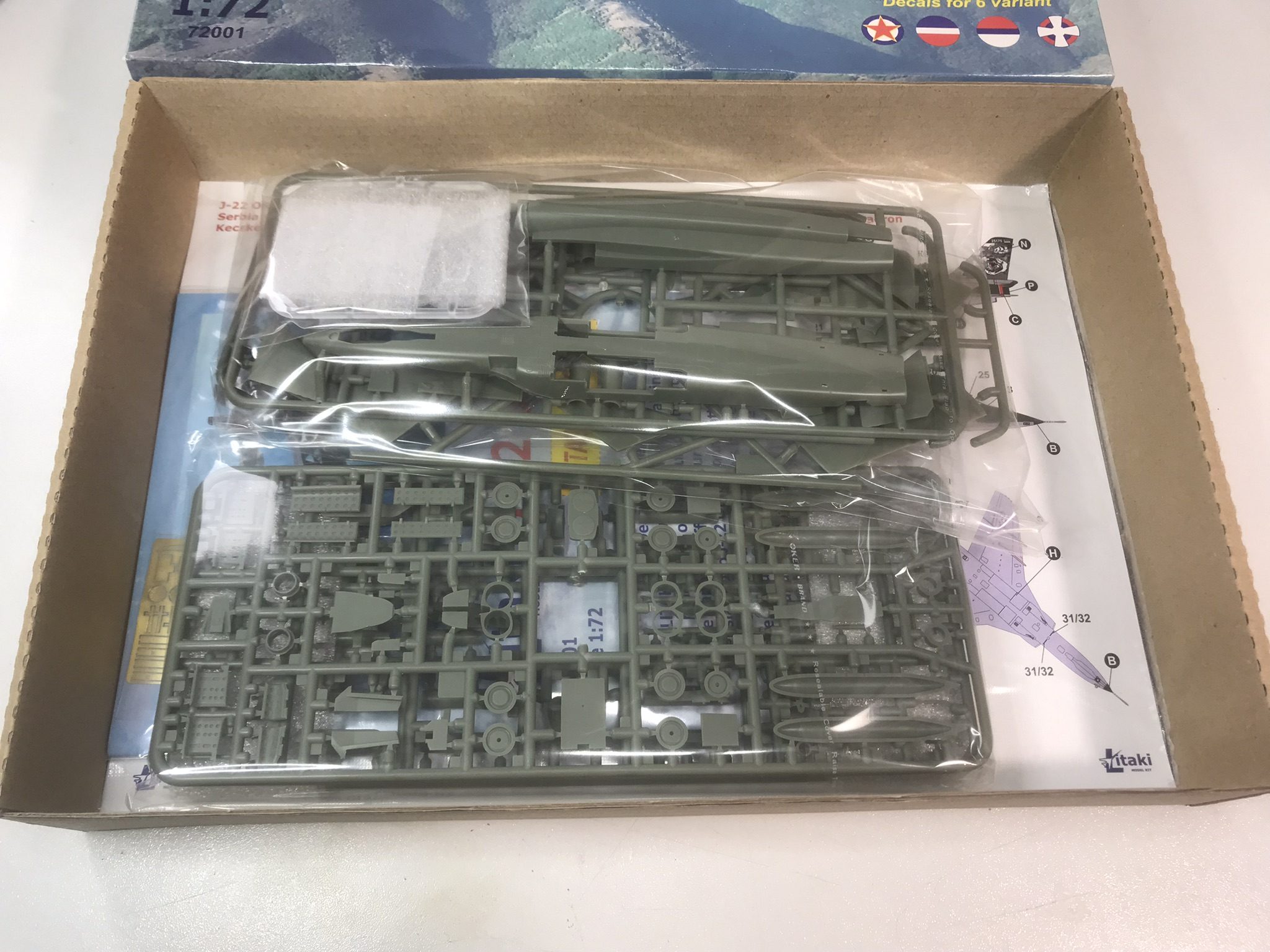
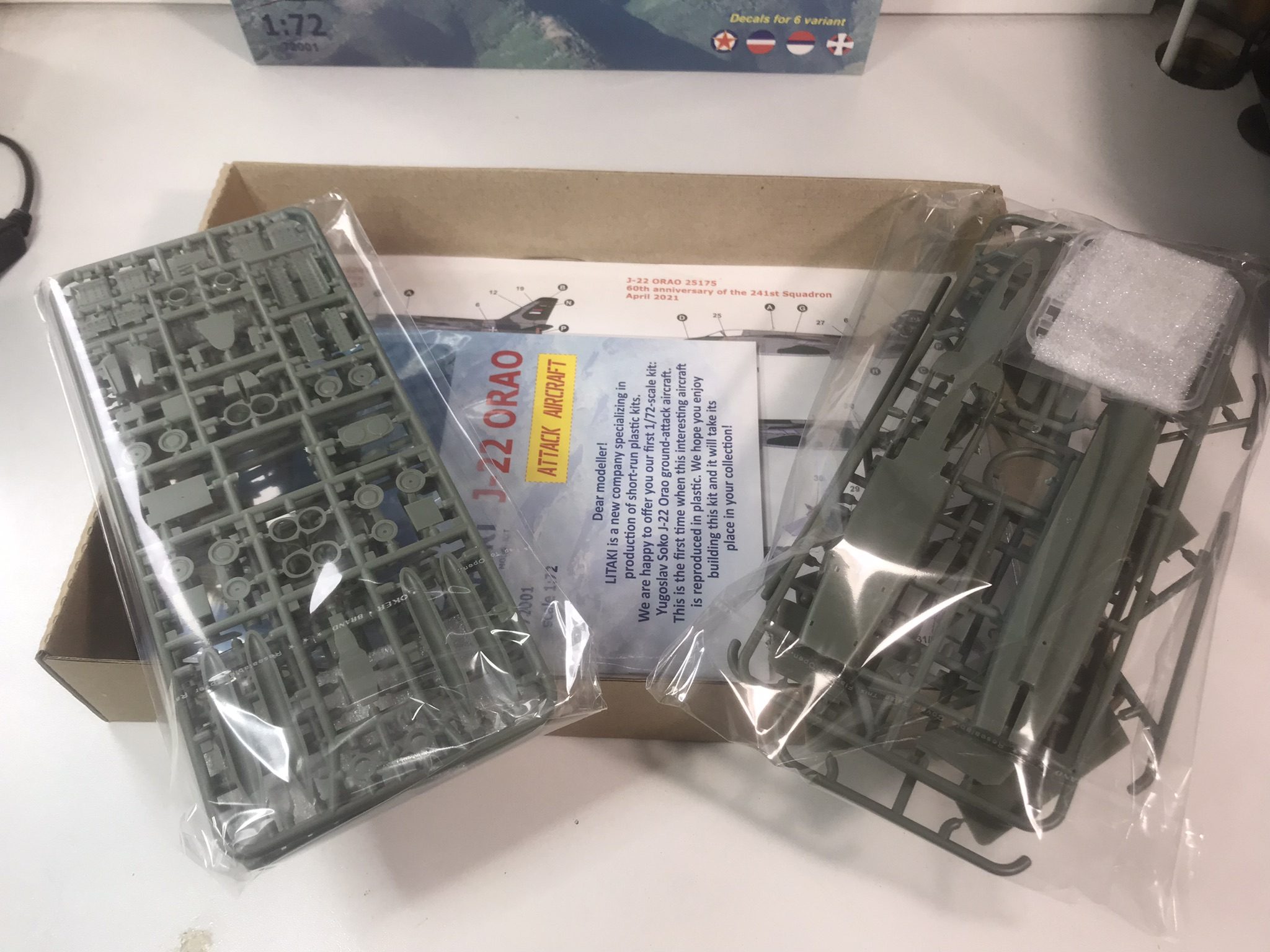
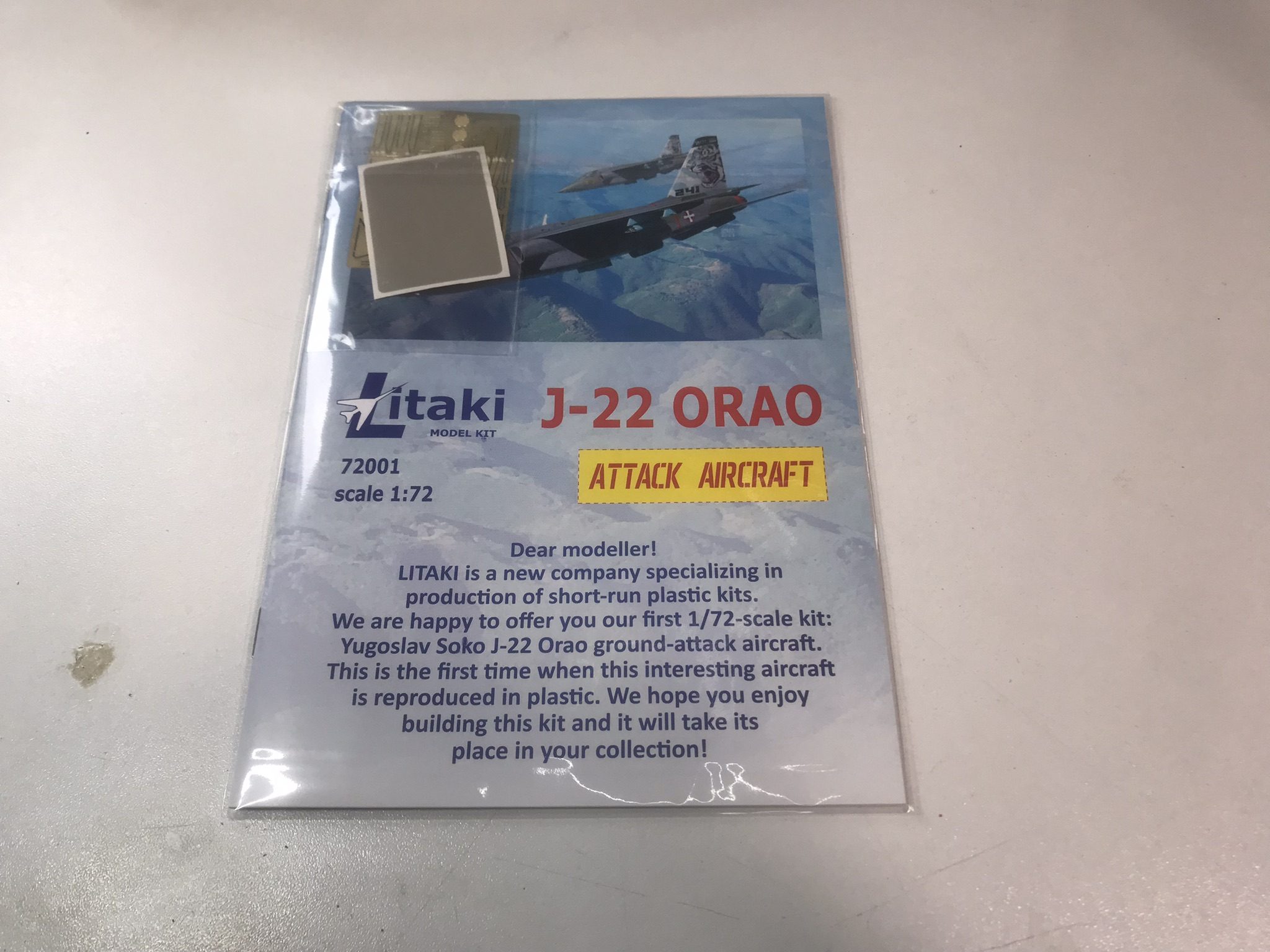
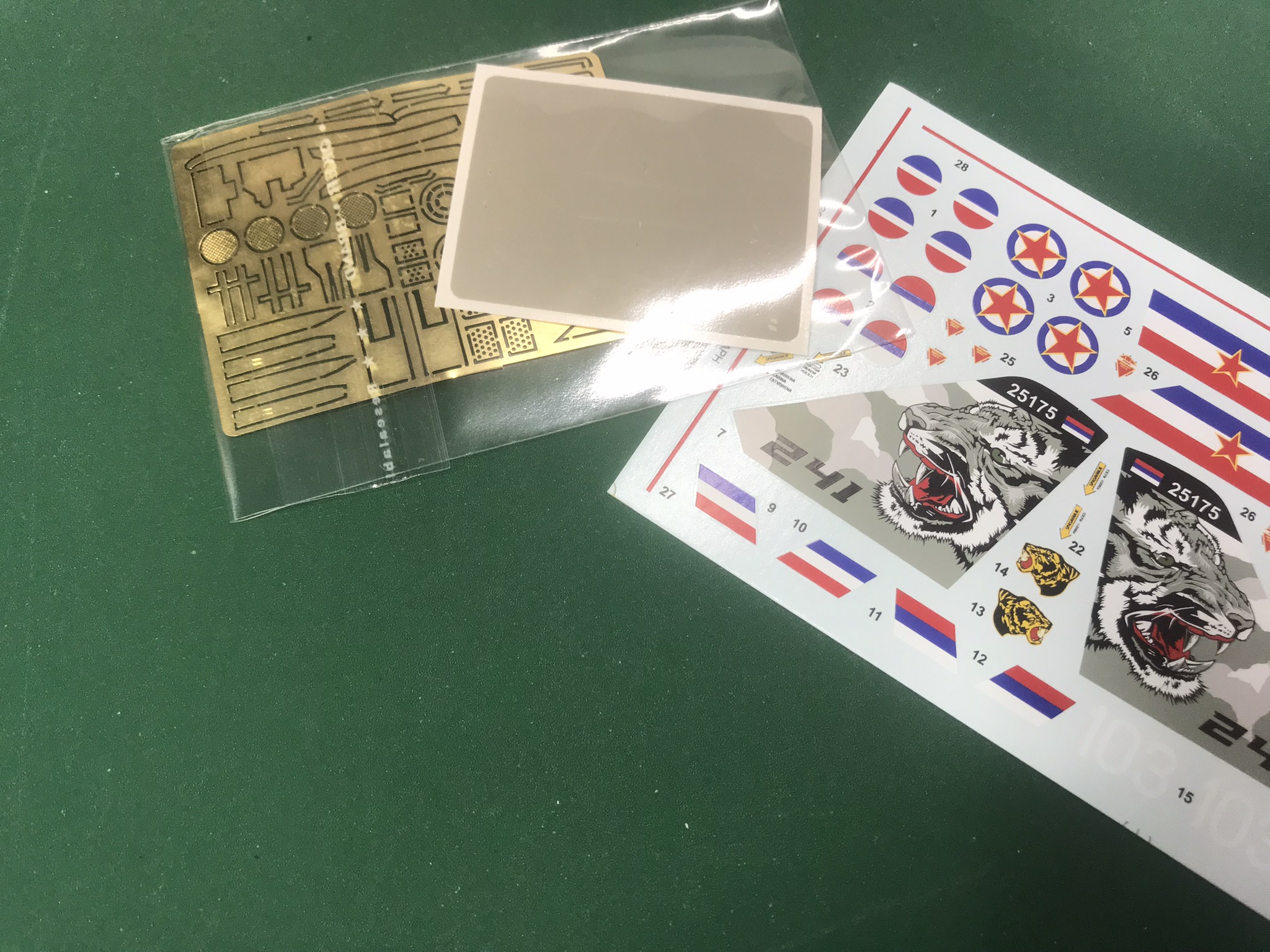
Soko J-22 Orao
First impression
Litaki
72001
Scale 1/72
Injection moulded model, 207 parts, 59 photo-etch parts and masks.
Price euro 34,95 Dutch review
Dutch review
The Soko J-22 Orao is a Yugoslav twin-engine, subsonic ground attack and air
reconnaissance aircraft. It was developed and built-in collaboration by SOKO in
Yugoslavia and by Avioane Craiova in neighboring Romania, known in the latter
as the IAR-93 Vultur.
The J-22 Orao is a joint project of Yugoslavia and Romania – the countries
which tried to pursue an independent policy in the aviation industry during the
cold war. In the beginning of this period, the fleet consisted of MiG-17 and
F-86 types.
Development of the J-22 Orao began in 1970 by engineers and designers of the Yugoslavian
Aeronautical Technical Institute and the Romanian Institute of Science and
Technology. The aircraft was powered by a British Rolls Royce Viper Mk.632-4IR
engines, which were in license production in Yugoslavia and Romania. It was
also equipped with British Martin Baker ejection seats and Soviet GSh-23
cannons. This fact emphasizes the uniqueness and originality of the aircraft
design.
Manufacturing on the first prototype of the ground attack aircraft began in
1972. Two prototypes flew for the first time on 31 October 1974. The type was
designated J-22 Orao (Eagle) in Yugoslavia and IAR-93 in Romania. A total of
165 ground attack aircraft were built.
The J-22 participated I almost all conflicts that unfolded at the territory of
the former Yugoslavia. In addition to supporting ground troops, the J-22 pilots
also claimed the destruction of a cruise missile.
At the present time the J-22 Orao remains in service with the Serbian Air Force,
and modernisation of the type continues.
Litaki has been on the market of injection moulded models since 2023 with this
Soko J-22 Orao as the first model. The two-seater version of the aircraft has
been announced. The model comes in a sturdy box with a top lid with a colour
image of the aircraft in the livery of the Serbian Air Force, 60th anniversary
of 241 squadron with tiger tail (2021).
It consists of six light green injection moulded frames with parts of which the
small and fragile parts are protected separately with a foam sheet. A separate
frame is also completely extra packed for the clear parts to prevent scratches.
I think it's neatly taken care of. The photo-etch set is packed separately
together with the sheet with masks (yes that is also included) separately in
the cellophane bag of the building instructions.
The instructions are in smaller than A5 format and look clear at first glance.
A correction has been pasted in step 8, make sure that you also have that in
your instruction booklet. Decide in advance which version you want to build and
make sure that you follow those particular steps. I usually mark all the steps
I need with a yellow highlighter.
Separately supplied are 4 A4 sheets printed double-sided in colour to indicate
the various version and the reasonable number of decals. I counted a total of
98. You can choose from 6 different liveries of the aircraft.
J-22 Orao 25207, Air Base Batajnica, 1998, Serbian Air Force.
J-22 Orao 25207 Constanta, 2006, Romanian Air Force.
J-22 Orao 25103, Yugoslav Air Force, open day, Belgrado, 1980
J-22 Orao 25102, 407 Yugoslav Air Force
J-22 Orao 25207 Serbian Air Force 2007
J-22 Orao 25127 Serbian Air Force 60th anniversary of 241 sqn, april 2021
In addition, you will receive a beautiful printed photo of the front of the box
in A4 size for framing.
The decals (screen printing) look neat and I couldn't find a mistake. According
to the statement, they were printed by Decograph from Switzerland.
The parts are made in a light green colour, packed with 3 pieces in a
cellophane paper. The hull of the model is executed in a top and bottom this
time. No sides to stick together.
The parts look sharp and "crisp". Neat panel lines. Detailing is
fine, virtually no flash and no ejection pin marks where they don't belong
and/or are visible. Remarkable for a company that wants to manifest itself as
new on the model market. Compliments!
Conclusion
I am very excited about this model. Litaki from the Ukraine is new to the model
building market and has to deal with start-up costs, but also the costs for the
molds and I have to say I am impressed with the quality delivered for a newby.
The choice of subject is a separate one, the fact remains that there is not yet
a single model of the device as a model on the market.
The quality of the parts is excellent and what I quickly tried on fits without
any problems, which promises a smooth build. I have come across a review where
it is indicated that panels/lines are not all correctly applied to the model. I
hope you will excuse me, but I have not checked, but feel free to go ahead. The
model is certainly a welcome addition for the "cold war buffs" and
the Small Air Forces freaks, but is also a separate item in every collection.
The price is firm and at the top end of the market. Often this is not such a
problem for the specific fancier.
Definitely recommended.
Thanks to Litaki for providing a review copy.
